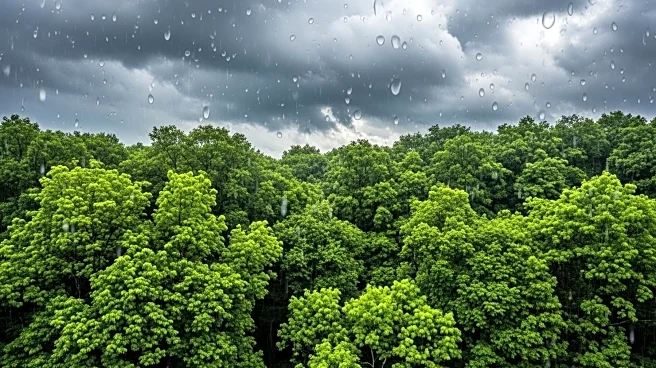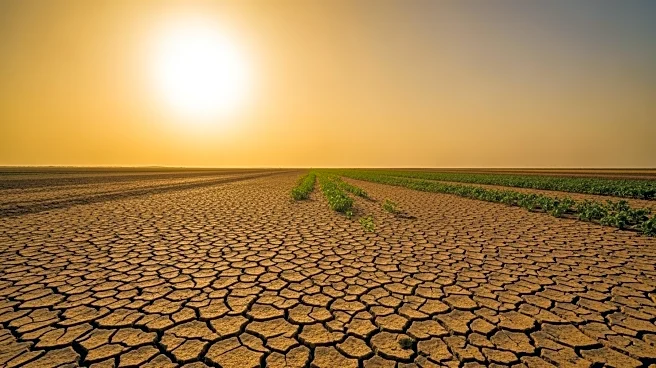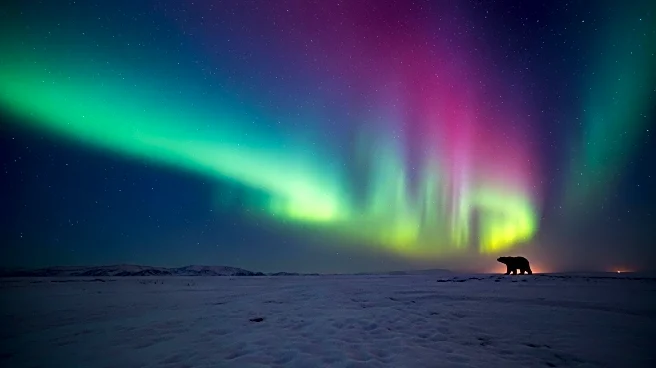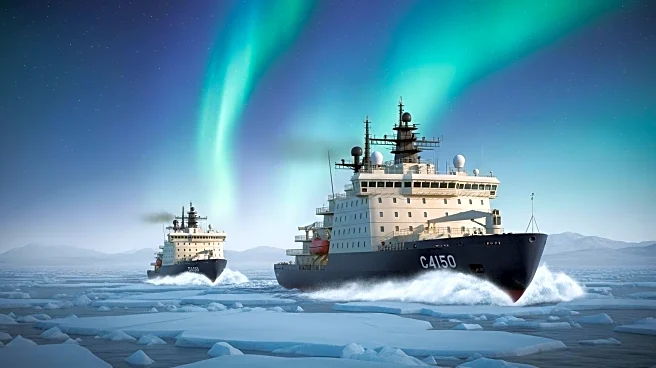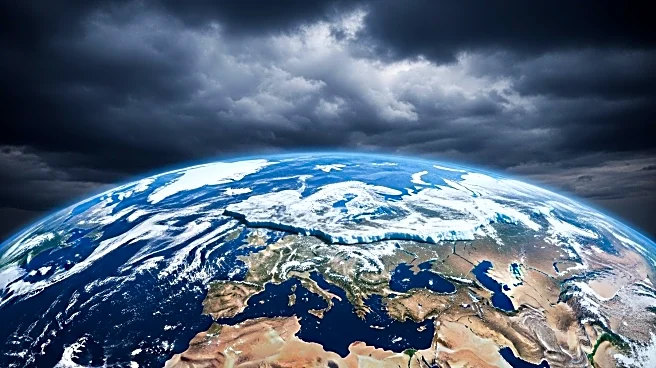What is the story about?
What's Happening?
A recent study published in Nature has traced the recovery patterns of ozone in the Arctic region. The research highlights the variability in ozone concentration across different altitudes and seasons, with significant recovery observed in the upper stratosphere post-2000. The study utilized data from the Stratospheric Water and Ozone Satellite Homogenized (SWOOSH) and other satellite datasets to analyze trends in ozone levels. The findings indicate that factors such as stratospheric temperature, solar flux, and atmospheric dynamics play crucial roles in influencing ozone distribution and recovery.
Why It's Important?
Ozone recovery is vital for protecting the Earth from harmful ultraviolet radiation, which can have adverse effects on human health and ecosystems. The study's insights into the factors contributing to ozone variability can inform climate models and policy decisions aimed at preserving the ozone layer. Understanding the recovery patterns in the Arctic is particularly important due to the region's sensitivity to climate change and its role in global atmospheric circulation. The research contributes to the broader understanding of atmospheric chemistry and the impacts of human activities on the environment.
Beyond the Headlines
The study underscores the importance of international cooperation in monitoring and addressing ozone depletion. The findings may influence future environmental policies and initiatives aimed at reducing emissions of ozone-depleting substances. Additionally, the research highlights the interconnectedness of atmospheric processes and the need for comprehensive approaches to climate change mitigation.
AI Generated Content
Do you find this article useful?



